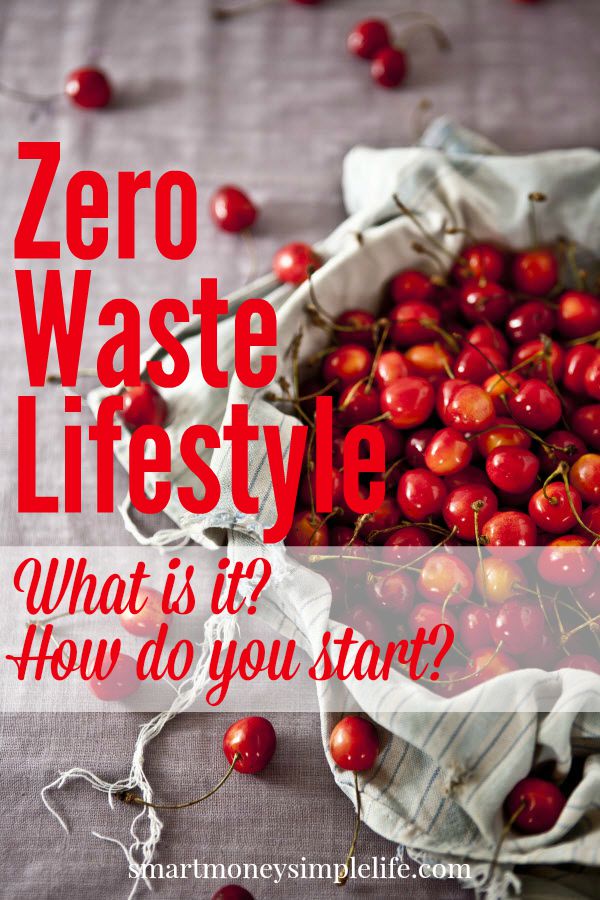Zero Waste. It’s a lofty ideal. One few of us are committed enough to attain. But, given the statistics on waste generation per person, it’s an ideal we need to strive toward before half the world is buried under mountains of rubbish.
According to Living Smart QLD:
“Australia is one of the highest waste producers in the world, recently ranked in the top five waste producing nations, on a per person basis.
We produce over 18 million tonnes of waste per year—the equivalent of three million garbage trucks full of compacted rubbish. Each Australian family contributes enough rubbish each year to fill a three-bedroom house from floor to ceiling.”
Enough rubbish to fill a three bedroom house! Floor to ceiling. Sadly, the statistics are similar in the US and the UK.
Table of Contents
How Much Waste Does Your Household Produce Each Week?
My own household, which consists of two adults and three cats, produces enough rubbish each week to fill a 27 litre (7 gallon) bin. Plus, depending on the week, a similar volume of recyclables. I know we can do a lot better than that. A lot better. I also know that the weeks we rely on pre-prepared or partially prepared meals from the grocery store, the bin is usually full much earlier in the week.
We have a long way to go before we are even within sight of a zero waste lifestyle but we’re aware of how much rubbish we generate and are striving to reduce it every single day.
If you’re also looking to reduce your weekly contribution to the local landfill, here are some tips to get you started. It’s a process so focus on making meaningful steps rather than reaching for perfection right from the start.
- Make your meals from scratch – the packaging of packaged food adds up very quickly.
- Buy bulk (when it makes sense) – there’s less packaging and more product.
- If all other things are equal, buy the product with less packaging and send a note to the company letting them know why you didn’t buy their product. If enough people do that, they’ll soon change the way their product is packaged.
- Most of all, don’t buy unnecessary stuff. That goes for food, too. Make sure what you buy gets used. Composting is great but waste is not.
It might sound bizarre, but it’s worth tracking your weekly contribution of garbage so you can measure how well you’re doing.
What Does Zero Waste Look Like?
Bea Johnson (Zero Waste Home) is one of the best known adherents to the zero waste lifestyle. You could say she’s the Queen Bea of Zero Waste. In the video below, Bea explains not just how she created and maintains her zero waste lifestyle but also the unexpected benefits of pursuing the zero waste ideal.
Bea’s mantra is: Refuse, Reduce, Reuse, Recycle & Rot. In that order.
The Story of Stuff
I first watched this video many years ago and it definitely made me think about stuff from a completely different perspective. I highly recommend it if you haven’t already seen it.
Zero Waste Grocery Store
Creating a zero waste life would be a lot easier if there was a store nearby like this one. Original Unverpackt is a concept store in Berlin. The stores founders, Sara Wolf and Milena Glimbovski, wanted to provide a way to give consumers the option of buying food without the waste. No items for sale in this store have any packaging.
Remember, rubbish is, in most cases, wasted resources. And, wasted resources are wasted dollars. Whichever way you look at it, you pay for every piece of rubbish you throw away. That payment can be immediate, included in the cost of the item, or long term in the cost to the environment through contamination of soil and waterways as well as tying up potentially arable land in the form of landfill.
The beauty of striving for a zero waste lifestyle is that the benefits begin as soon as you do.
What sort of contribution are you making to landfill each week?
Image: Unsplash

